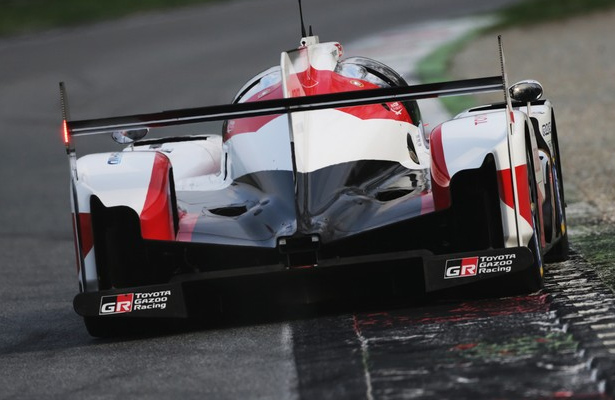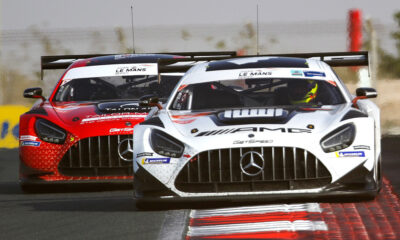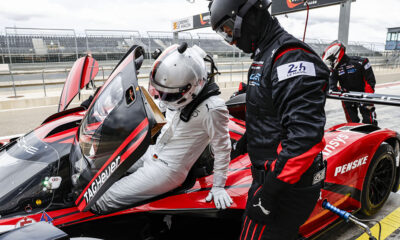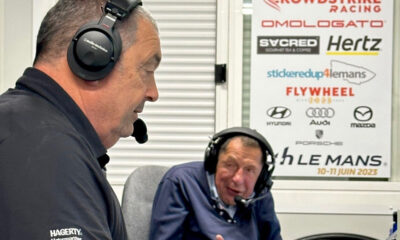
Photo: Toyota
Toyota Gazoo Racing technical director Pascal Vasselon has revealed that a freeze in chassis development and stable LMP1 regulations have been key factors in being able to field a third car for the 24 Hours of Le Mans.
The Japanese manufacturer will have a third LMP1 entry at Le Mans, as well as the FIA World Endurance Championship round at Spa for the first time since the program’s inception in 2012, despite remaining with roughly the same operating budget as last year.
Vasselon said a third car was not previously an option due to compromises in development.
“This time we decided it was possible because of the stability in the regulations,” he said. “We did not have to make big jumps in technology between this year and last year. Secondly, we have frozen our monocoque development.
“This has contributed to give us the resources that we can field a third car without making compromises in our performance.”
While featuring a new 2.4-liter V6 turbo engine, the 2017-spec Toyota TS050 Hybrid has not seen significant leaps in development from last year’s car, which saw a switch from a normally aspirated V8 powerplant and move from supercapicators to battery storage.
The car, however, still features a new gearbox, suspension and evolved bodywork, largely to adapt to the FIA and ACO’s revised aero regulations that’s called for a 30 percent reduction in downforce.
“The technology jump is not as demanding as last year, but except the chassis, everything has been deeply developed,” Vasselon said.
The team’s expansion to a three-car operation, meanwhile, has been going to plan, in what both Vasselon and Toyota team director Rob Leupen said has not been a significant challenge for the Cologne-based TMG outfit.
“We started early enough and are looking OK,” Vasselon said. “Stuff is in place… engineers, mechanics, drivers… I would not say it’s easy; it’s demanding but it’s going reasonably smoothly.
“We don’t have a test team like Audi had done in the past. But we are a company handling several projects at the same time. So we’re using, for this third car, people whose rest of the season will work on other projects.
“So we don’t need to employ people just for [WEC]. We have the flexibility in man power between different projects.”
Vasselon said the team has already took part in a test with all three cars to “make sure we’re ready.”
Leupen added: “We have development engineers which we now put at the race track because they’ve done it before.
“For us, it’s an internal and maybe even education program because engineers who weren’t in the pits will now be returning there. It fits within the flexibility our organization.”
In addition to the obvious advantage of having a third car in the fight for the win, Leupen added there’s other pros to a three-car approach.
“Within our production capacity, it’s easier and more efficient to produce for three cars than two cars,” he said. “And at Spa, you would have one full dedicated test car for Le Mans. This has changed from the years before.
“Nonetheless, you want to be successful in the WEC. The possibilities are bigger.”

























